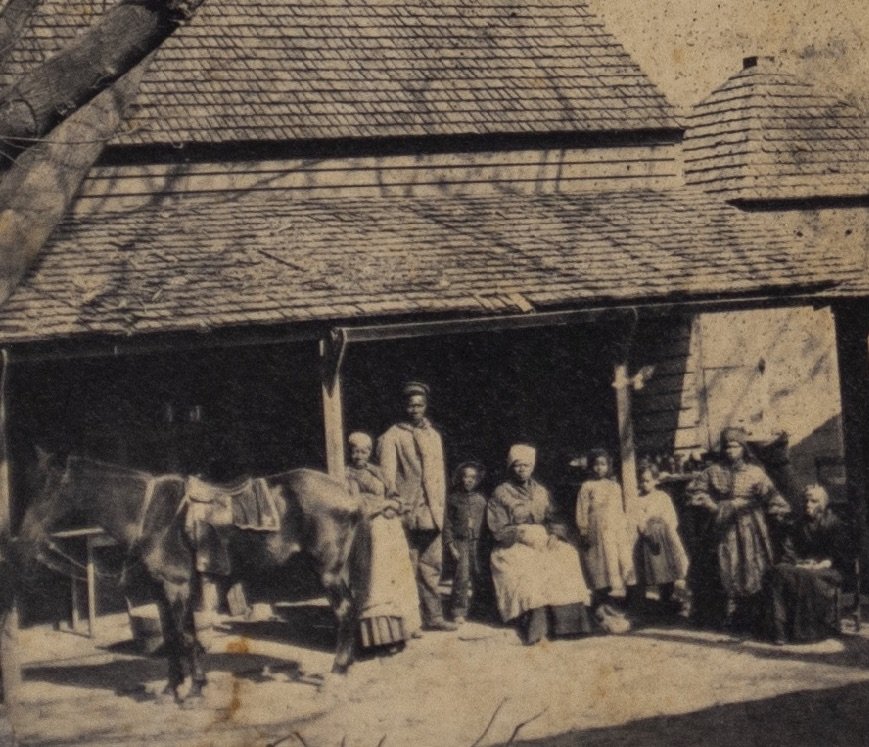Tryon Palace Foundation

Tryon Palace Foundation, in New Bern, NC, received an Inclusive Public Art Initiative grant from ZSR.
The history of the free Black craftsmen and artisans who developed business, community and political relationships across racial lines is largely omitted from discussions of the Antebellum period. Tryon Palace, and a consortium of community organizations, seek to address the shortcomings of how local African American history is told, to reflect a more complete story of our integrated history and the social constructs of race, and to celebrate resilience, fortitude and strength despite individual, societal and systemic subjugation.
As described by author Catherine W. Bishir in her book Crafting Lives: African American Artisans in New Bern, North Carolina, 1770 to 1900, Black artisans thrived during New Bern’s “Golden Age,” from 1770 to 1830. This renaissance provided free Blacks not only recognition of their skills but a level of financial and political power in New Bern at a time when African Americans were widely denied these opportunities across the South.
Utilizing Bishir’s well-researched biographies and her study notes, which reside within Tryon Palace’s Carraway Library, this project brings to light the stories of these remarkable artisans of various trades, both the free and enslaved, both men and women, who are vital to New Bern’s history. This community of artisans built the town, provided industries vital to its growth and sustainability, and established religious and civic organizations. They bound together and thrived under an institution that denied them agency at every turn. They were vibrant participants within the city on all levels, and some of their descendants still live in New Bern today.
Utilizing a community-engaged approach, these community partners, including Tryon Palace’s African American Advisory Committee, will work alongside the three-artist team of Georgie Nakima, Marcus Kiser and Stephen Hayes. The proposed large-scale sculptural design will articulate the idea of a portal, meant to represent “connectors” of time, from the Black artisans of the past to the current viewer today, and the impact that these artisans continue to have on New Bern’s built environment. Digital components will offer an alternate reality experience that provides context and history to those who engage with the artwork.